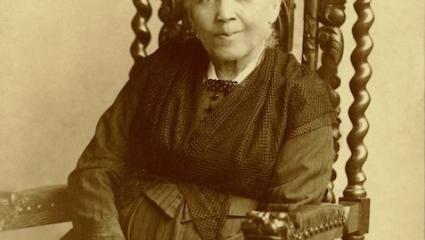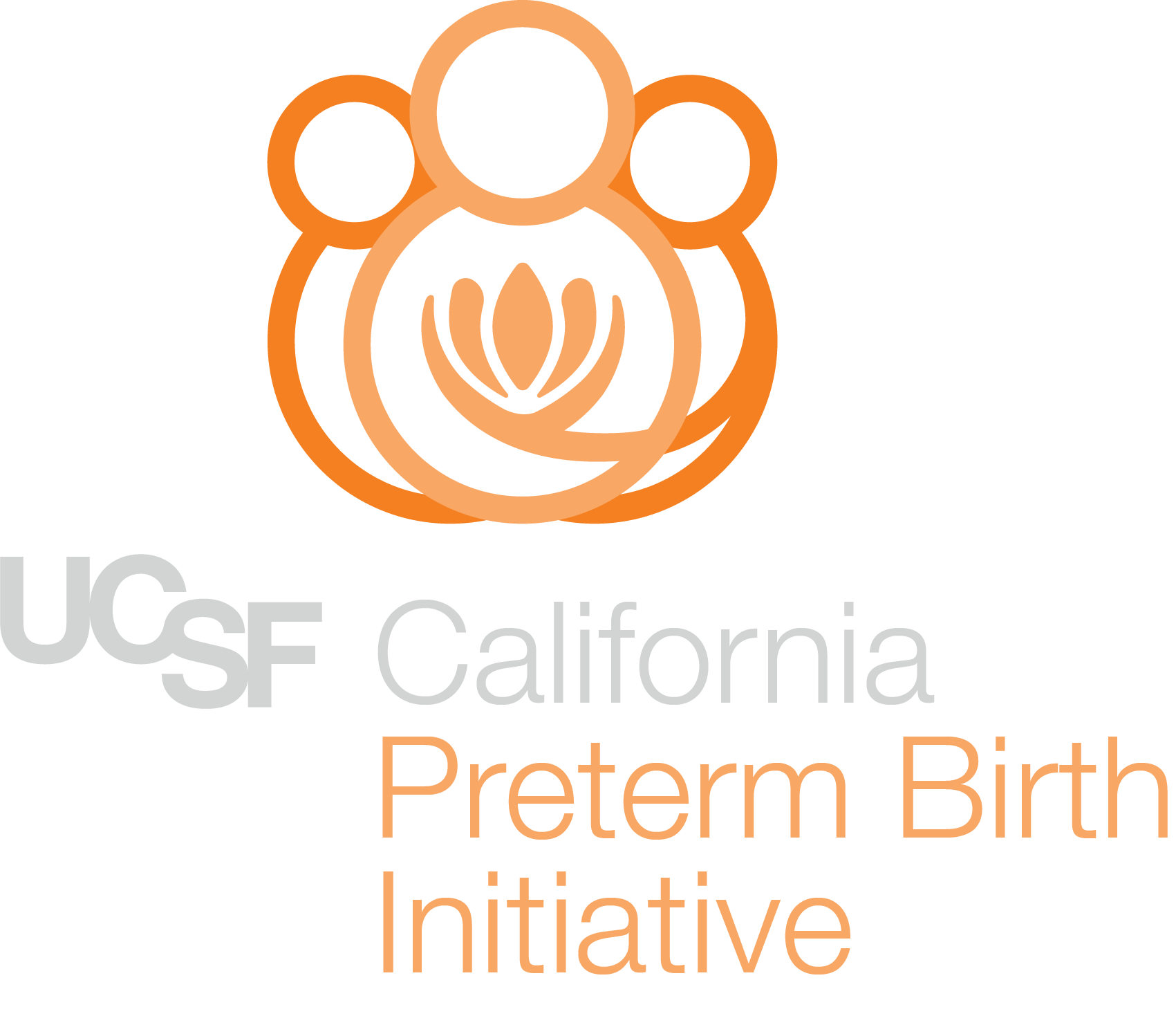

Findings from the Development of the Person-Centered Prenatal Care scale for People of Color are described by lead author Patience A. Afulani. Additional authors include Molly R. Altman, Esperanza Castillo, Nayeli Bernal, Linda Jones, Tanefer Camara, Zoe Carrasco, Shanell Williams, May Sudhinaraset, Miriam Kuppermann.
Please describe your research findings.
Given stark disparities in maternal mortality and adverse birth outcomes among Black, Indigenous, and other people of color, there is a need to better understand and measure how individuals from these communities experience their care during pregnancy. We developed a tool that measures “dignity and respect,” “communication and autonomy,” and “responsive and supportive care” during prenatal care. The questions capture issues of particular importance to people of color.
What is important or unique about this study?
To our knowledge, this is the first validated scale that centers the prenatal care experiences of people of color, particularly that of Black people. Also, we wanted to develop a tool that captured the unique experiences of people of color, and particularly Black people. We thus worked with them throughout the research process
What is already known about this topic, and how do your findings add to or change this existing knowledge?
We know from qualitative studies that Black and Brown are often mistreated in health care facilities. This tool will enable us to measure and track their experiences during prenatal care in a systematic manner, to develop interventions to improve their experiences
Certain groups of people are more likely to be listened to in healthcare settings than others, and Black women, in particular, are not being listened to. We hope this scale helps to address that.
Patience A. Afulani, Researcher and lead-author
Use the Tool
The PCPC Scale is a tool for anyone who wants to measure women’s experiences during prenatal care in the United States to ensure they are receiving responsive and respectful care. It particularly captures the unique experiences of people of color but could be used for measuring the prenatal experiences of all pregnant people. It can serve as a tool for needs assessments to identify areas to address and for measuring trends in quality improvement. It can also be used to assess change across time and settings, for research, evaluation of interventions, as well as a tool for accountability.
It can be used by:
- Quality Improvement teams
- Community-based organizations or other advocacy groups
- Researchers
- Health care providers
- Hospital and health system leaders
- Insurance companies
Access simple infographic describing scale development process here.
Access the guide to best use the tool: US Person-Centered Prenatal and Maternity Care Scale: Access Form
Learn More
Black women aren't being listened to during birth - this PTBi researcher is hoping to change that



